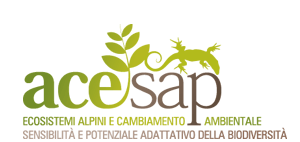BIBLIOGRAFIA |
| BOUCHARD R.W. Jr., CARRILLO M.A., KELLS S.A., FERRINGTON L.C. Jr. |
| 2006 |
| Freeze tolerance in larvae of the winter-active Diamesa mendotae Muttkowski (Diptera: Chironomidae): a contrast to adult strategy for survival at low temperatures. |
| HYDROBIOLOGIA |
| SPRINGER, DORDRECHT, PAYS-BAS, 2006. |
| 568:403-416 |
| ZOOLOGIA |
| The winter-active Diamesa mendotae Muttkowski (Diptera: Chironomidae) is freeze intolerant in the adult stage with a low mean supercooling point (SCP) of ∼-20 °C. However, cold-hardiness strategies for immatures of this species are unknown. In this study, we measured SCP values for D. mendotae larvae, pupae and adults using surface-contact thermometry. In addition, the lower lethal temperature (LLT) was determined for the larval stage. The mean SCPs for larvae (-7.4 °C) and pupae (-9.1 °C) were relatively high compared to adults (-19.7 °C). Our results indicate that the larvae of D. mendotae are freeze tolerant with a LLT99 (-25.4 °C), ∼-10 °C lower than their minimum SCP (-15.6 °C). Freeze tolerance in these larvae may be a strategy to provide protection from short-term exposures to ice crystals or to permit diapause within frozen substrates. The change in cold-hardiness strategy from freeze tolerant to freeze intolerant between the larval and adult stages of this species is likely a result of the different habitats occupied by these two life stages. |






